 At the beginning of the year, if you had spoken of travel bans, lockdowns etc no one would have believed you, 2020 has tested the resilience of us all.
At the beginning of the year, if you had spoken of travel bans, lockdowns etc no one would have believed you, 2020 has tested the resilience of us all.
It has been busy here at home with a great many things accomplished, from the upgrading of the toilet and shower block to the completion of the stables. The cover over the round pen has made a big difference, particularly for this time of year, making it cooler when starting horses and for the home courses as well.
We have been involved in a couple of online horse fairs, one having finished in September and the other “Because of the Horse” due to run on January 18 & 19 / 2021 Visit; www.BecauseOfTheHorse.net , www.TheArtOfTheHorseman.com We have also had editorials for different magazines; Equestrian Life, the link is on my facebook page, and recently in the December edition of horse deals magazine.
We have have been very fortunate to have had a lot of horses in for starting and for Foundation Training and our home courses have been well attended. I have put together a horsemanship article below that many may find interesting.
We would also like to wish everyone a very healthy and Merry Christmas and a Happy New Year. We value and appreciate the support that has been shown to us every year, but certainly this one.
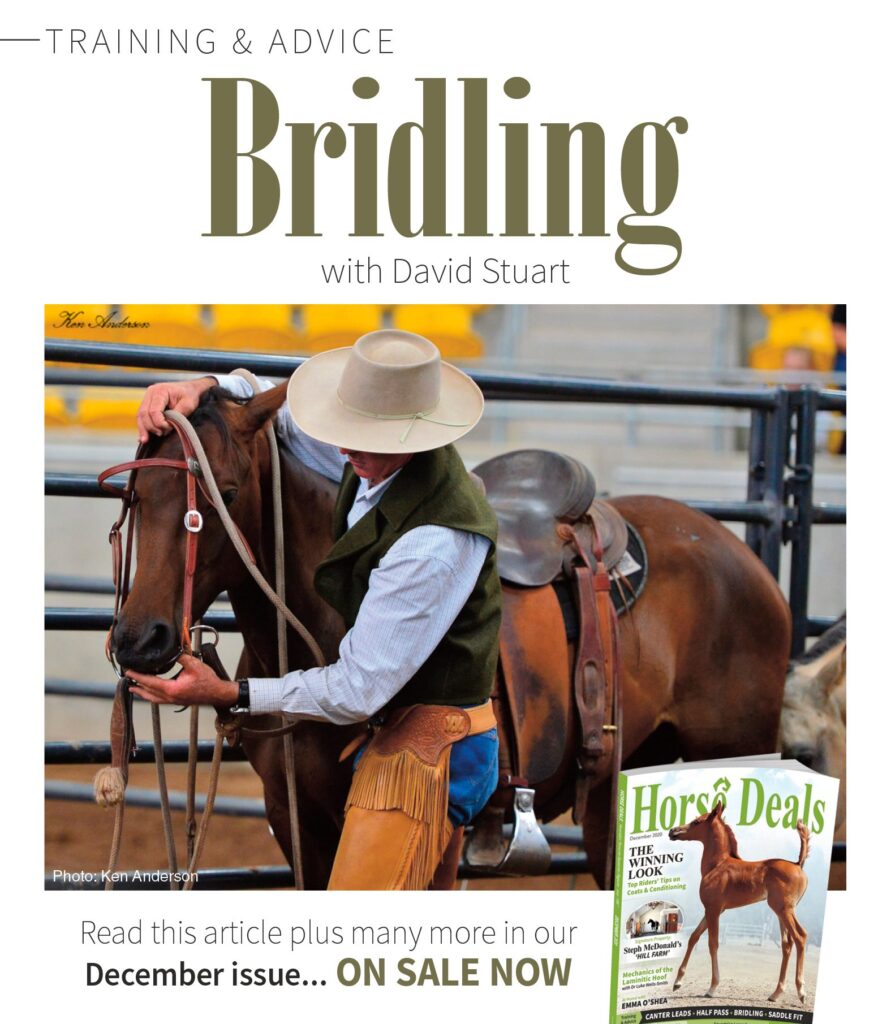
Ray Hunt was the first person I ever heard speak about, ” Having your horse started, ” that was back in the late eighties in Australia. In those days we often spoke about sending your horse to broken in, in the U.K. starting is often referred to as backing. I am sure other countries have similar or different terminology. The words that we use often reflect our attitude.
When horses were sent away to be broken in they were often older and they were often given 4 – 6 rides maybe a couple more and then sent home. On stations there were not many “horse programs “, it was more a volume approach, some horses made it, some did not. In todays world when horses are sent away to be started they are often better prepared and the horse has a better deal, both during and on arrival home.
As I spoke of above the words we use often reflect our attitude. Having your horse started is like going to kindergarten to start your education, it is not university, it is a start. When they get home they may still be prone to bucking, shying etc as they are still very much a green horse.
In France, a good many years ago now, I heard Ray speak of ” If you could ride your horse well for the first 6 years of his life.” I believe that this is more the foundation aspect of a horse life. To have a foundation to build on you need to have a good start. For some horses this aspect is really important, otherwise you or they are not going to make it. Over time I have found that you do not really need to be working that much on the university curriculum. If you have the foundation solid the horse’s talent starts to come through and the fancy stuff just seems to happen.
The fancy stuff is not happening by luck, it is by preparation. knowing what happens before what happens happens. In the foundation aspect, I find myself staying more at the walk and trot. I am not avoiding the canter/ lope, I am just not out there for “hours” cantering / loping my horse. I find that this really helps to settle my horses both mentally and emotionally. It is also better on their bodies and mine, and when I do canter or lope there is more quality.
With a horse that I was riding this year, the walk was not there. The horse was either reluctant to walk or would want to jog. As I worked on both the flexions, rhythm and tempo during the hind and forequarter yields and serpentines, the length of stride increased. This then set it up for the trot and canter as well.
While the above is more about the horses, I also believe that you can apply the same to ourselves as well. When we are better educated, that then reflects in our conversations and abilities.
I trust that the above is helpful and again we would like to thank you all for your support and wish everyone a healthy and Merry Christmas.
![]() Christmas does not seem that long ago and now we are at the end of January. In Australia I think the warm days of December and January are now behind us. From memory I think those of you in the U.K. still have some cold weather ahead of you. Australia has had a great summer in sport capped by Australian, Ash Barty winning the women’s Australian Open tennis final. Barty’s mind set coach, Ben Crowe is more about being on purpose than on winning. Preparation to the position for the transition is a quote from Ray Hunt. It is not about the topic of the conversation it is about the quality of the conversation.
Christmas does not seem that long ago and now we are at the end of January. In Australia I think the warm days of December and January are now behind us. From memory I think those of you in the U.K. still have some cold weather ahead of you. Australia has had a great summer in sport capped by Australian, Ash Barty winning the women’s Australian Open tennis final. Barty’s mind set coach, Ben Crowe is more about being on purpose than on winning. Preparation to the position for the transition is a quote from Ray Hunt. It is not about the topic of the conversation it is about the quality of the conversation.![]() This month rather than doing a horsemanship article I have put together some of the Q & As that have come up over the last 12 months or so.
This month rather than doing a horsemanship article I have put together some of the Q & As that have come up over the last 12 months or so.
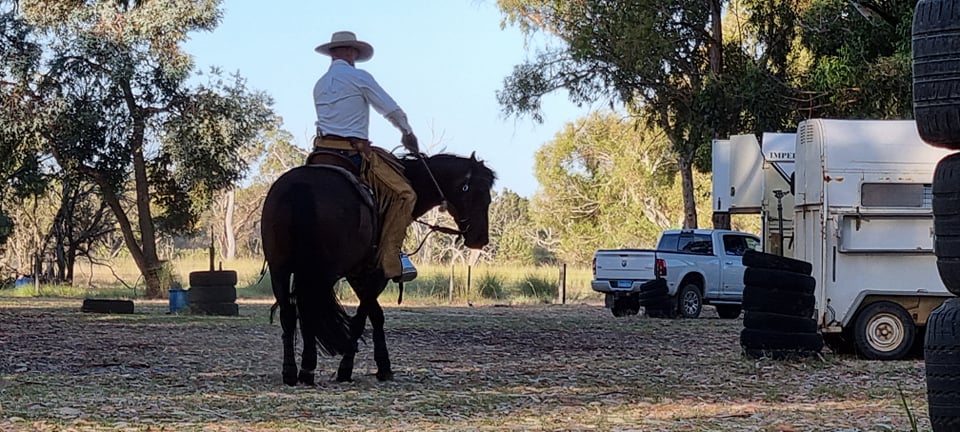
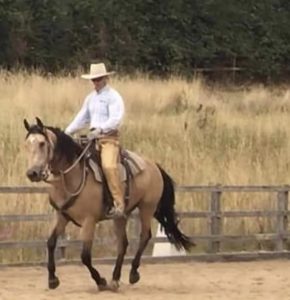
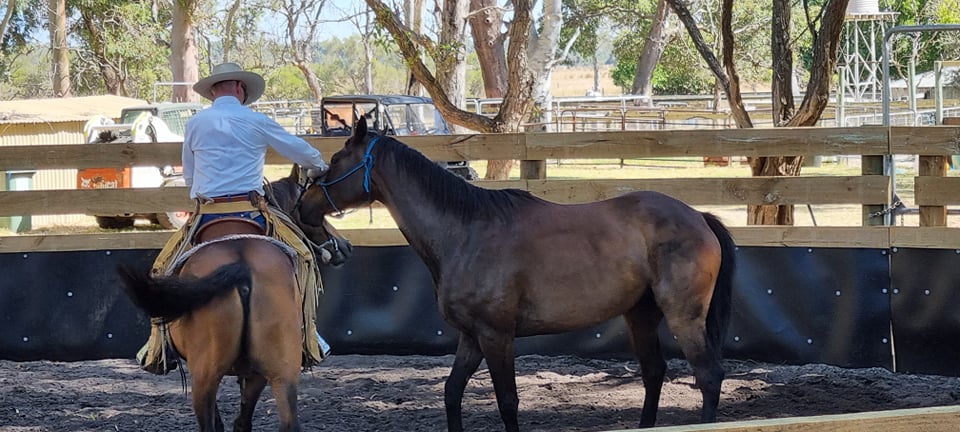

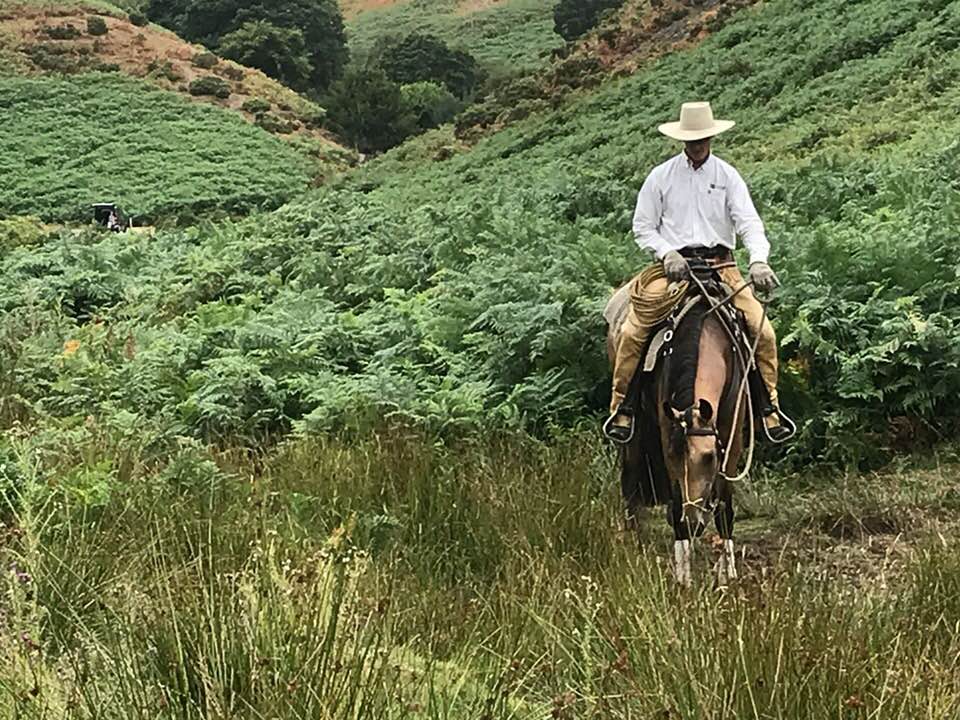
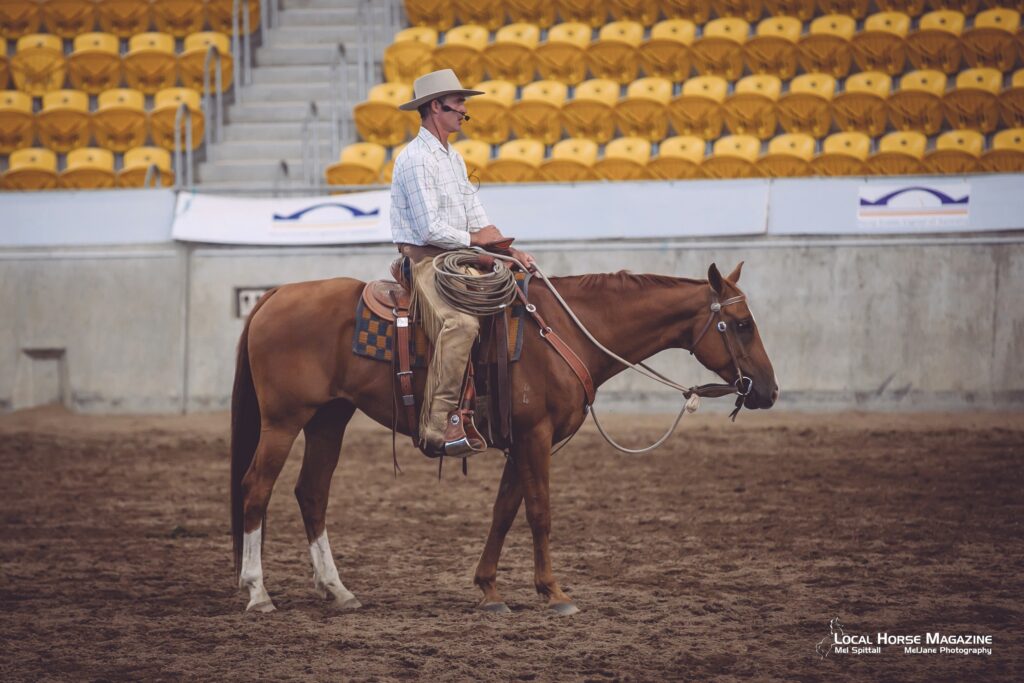
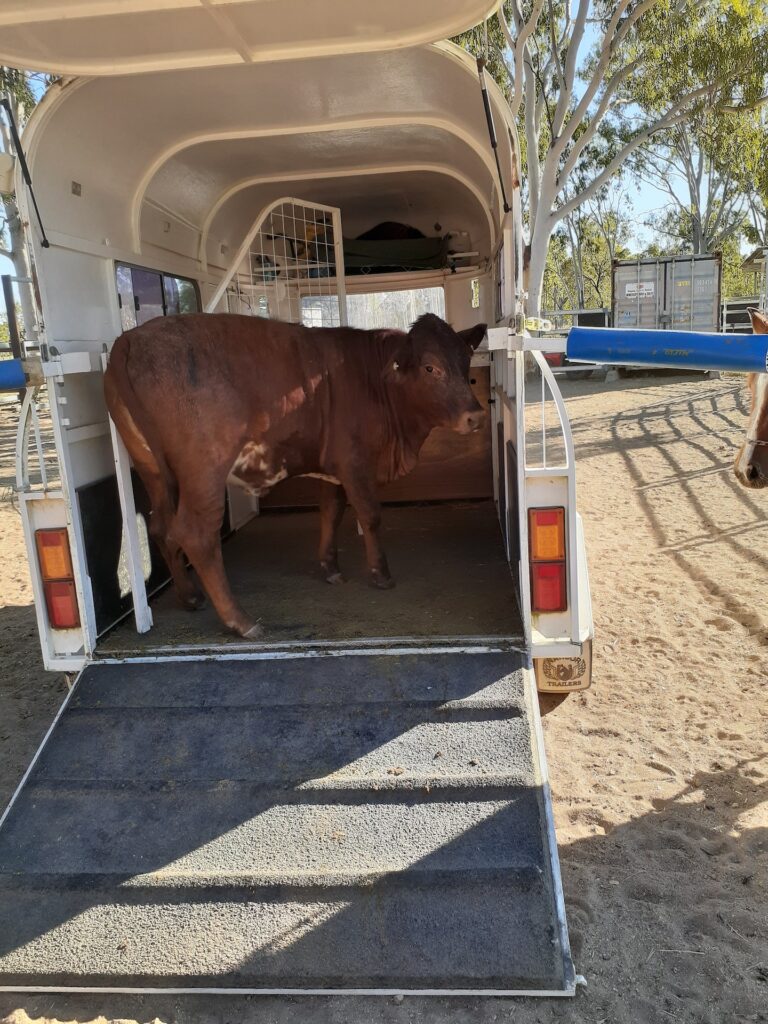
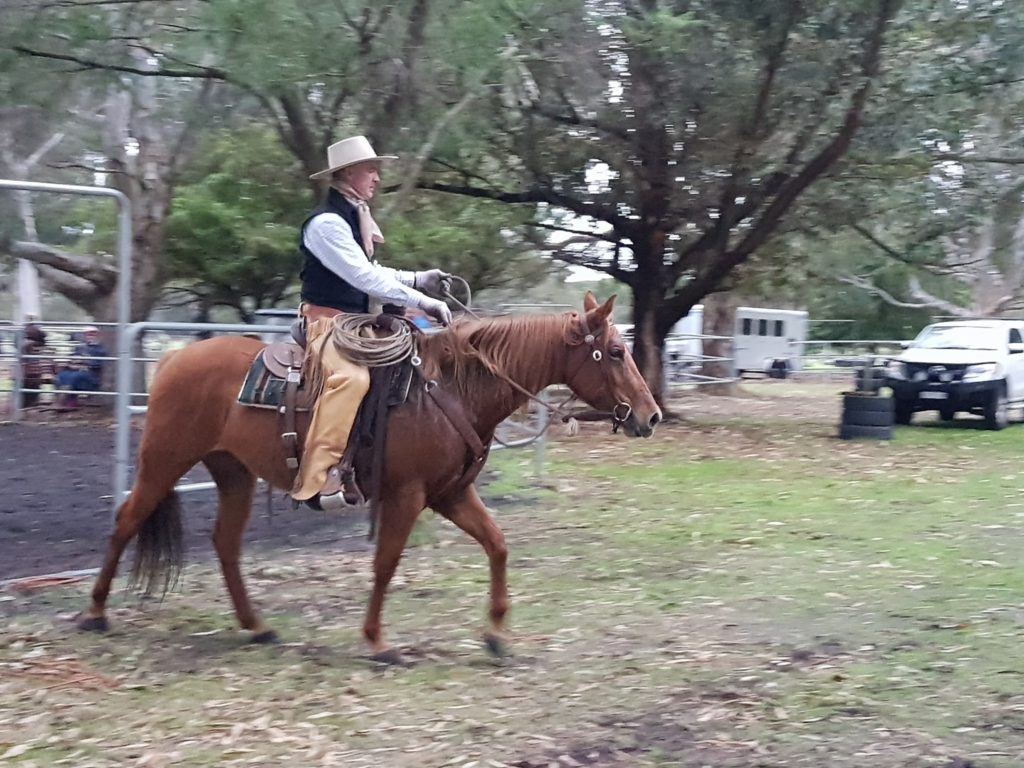


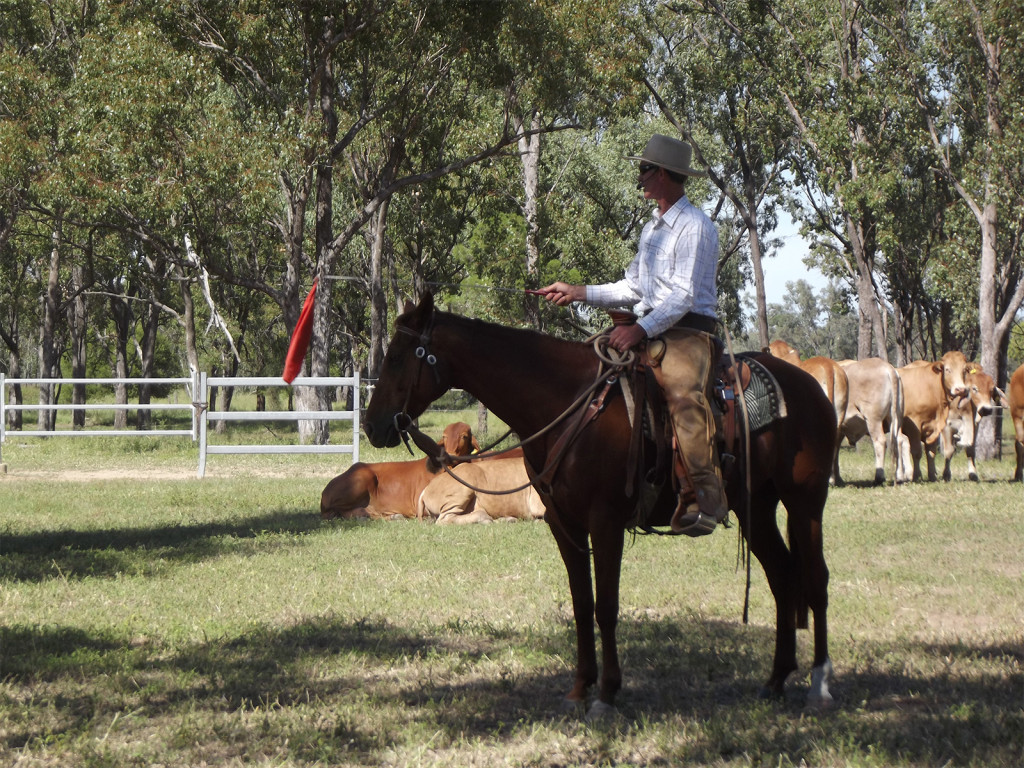

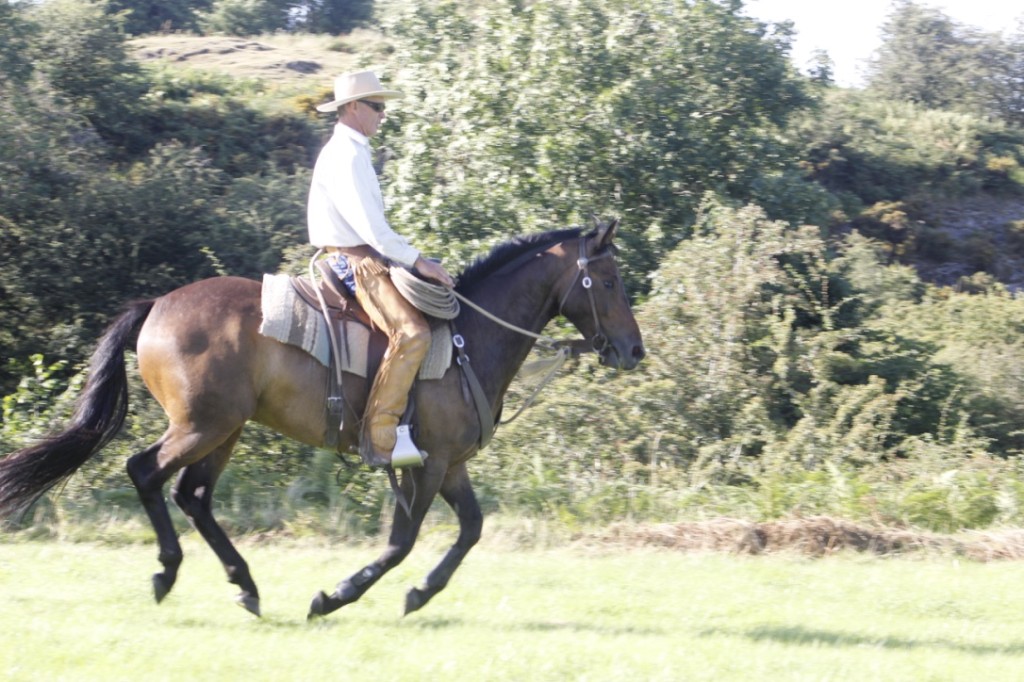
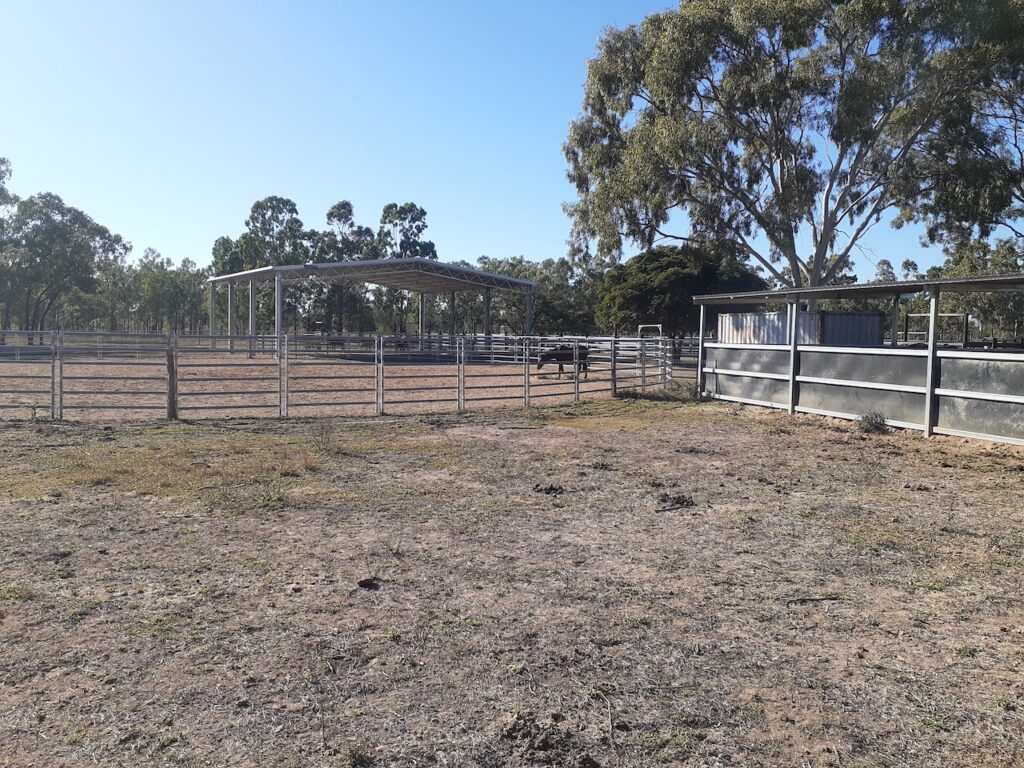
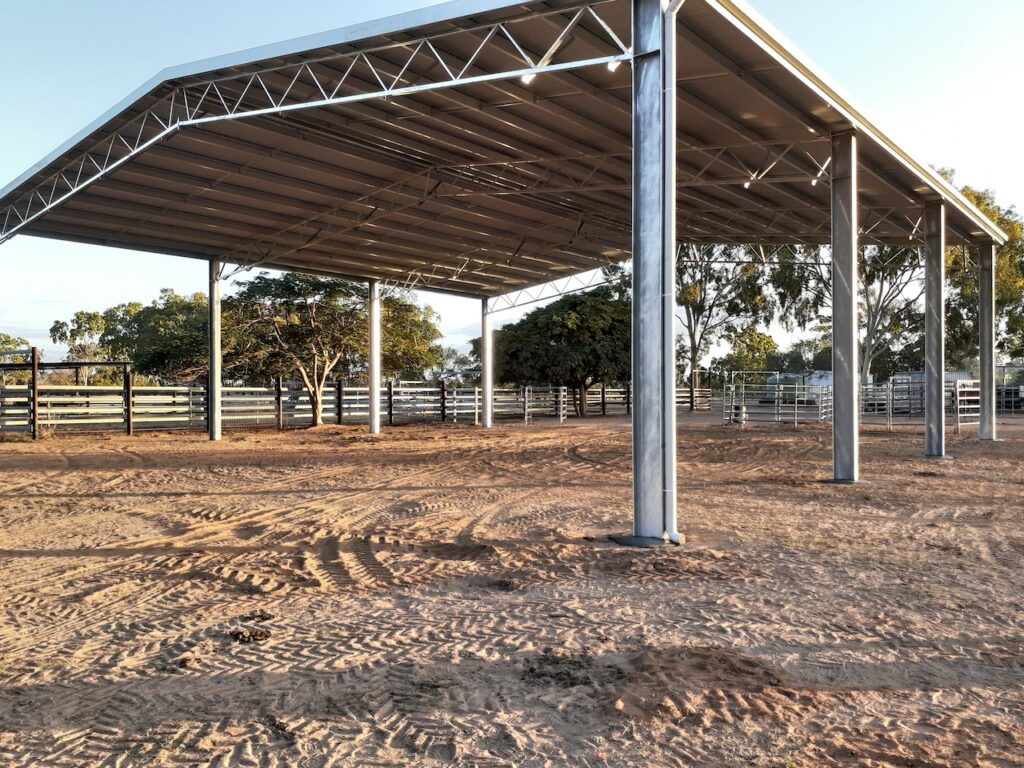
Recent Comments